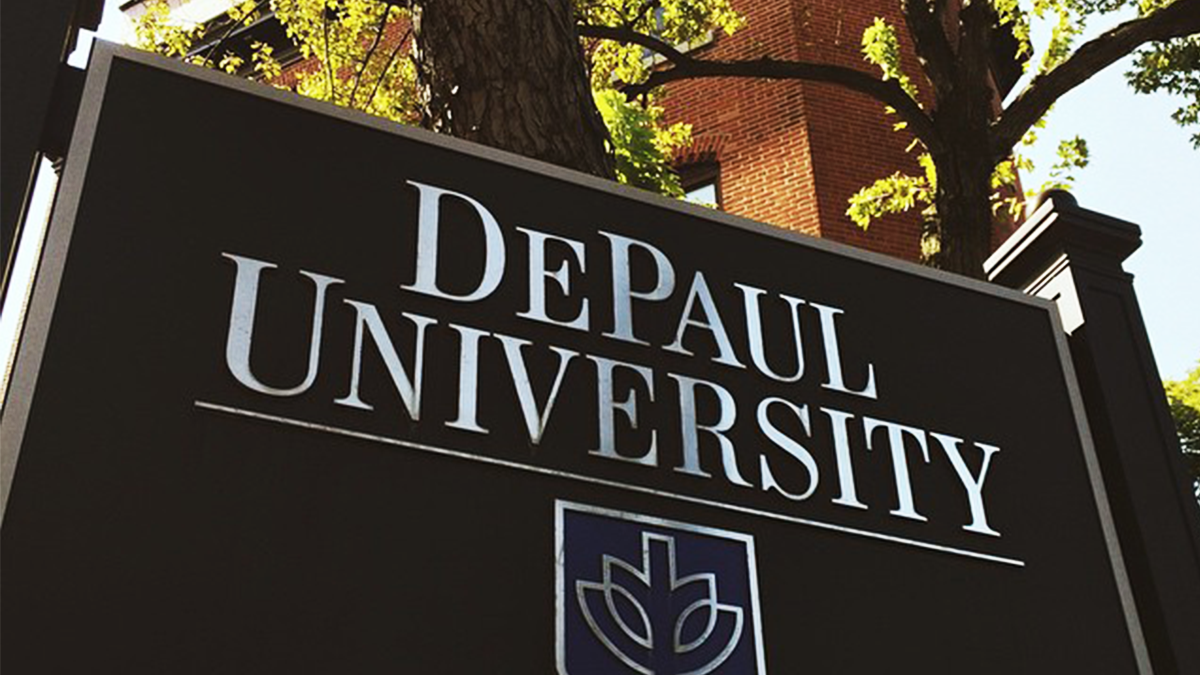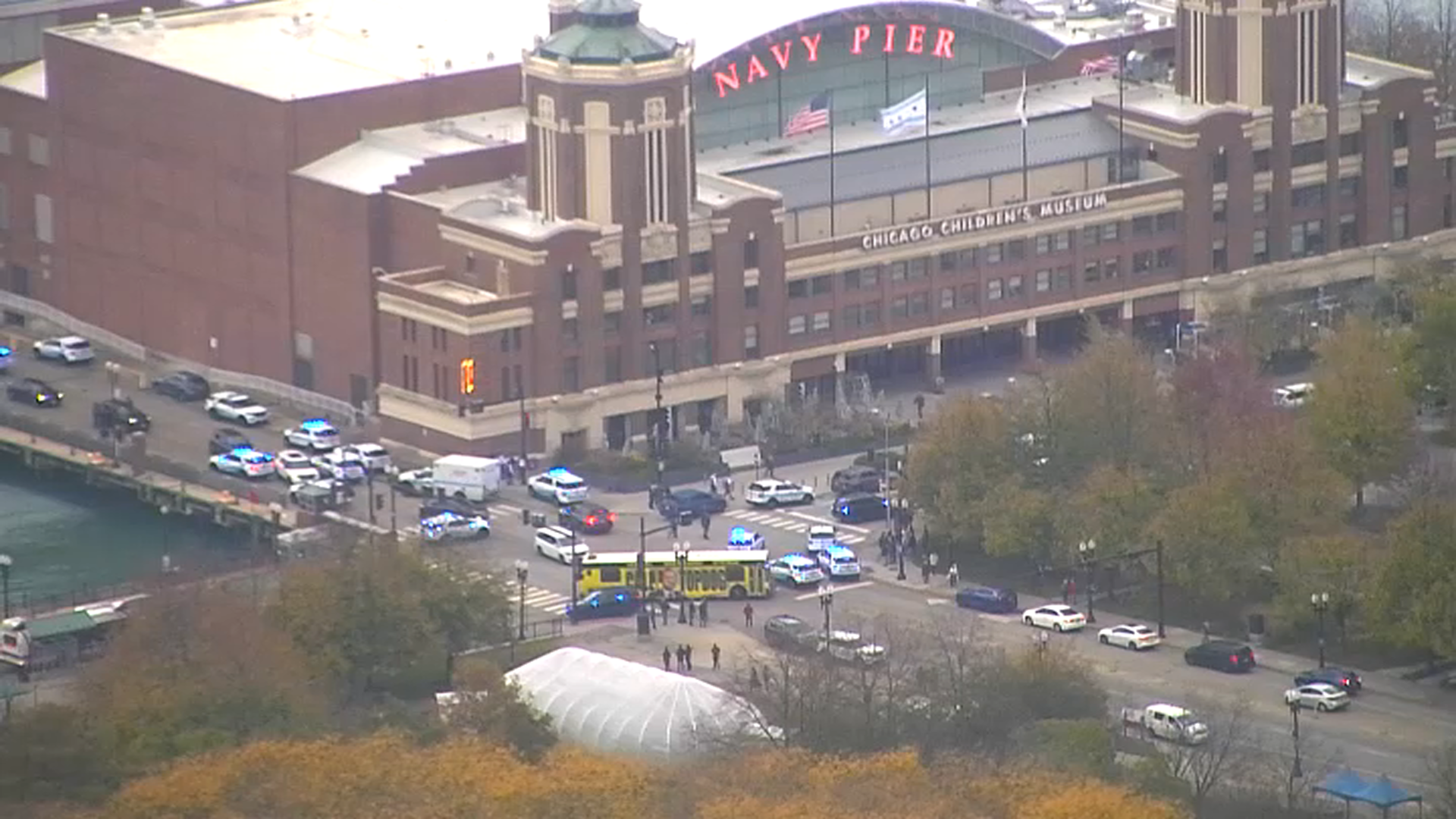Chicago's Labor Day Parade returned to the Pullman neighborhood - a community that played an integral role in the labor movement - for the second year in a row on Saturday.
Organized by the Chicago Federation of Labor, the parade stepped off at 107th Street and Cottage Grove Avenue.
“I’m excited,” said Bob Reiter, president of the Chicago Federation of Labor. “Labor Day weekend in Chicago is a happening time.”
The parade featured nearly 60 floats from various union groups and organizations. Politicians also marched along the route, including Chicago Mayor Brandon Johnson.
“This is what it looks like when labor can come together as a family and celebrate really what the labor movement was about,” said Mike Volpentesta, president of Administrative District Council 1 of Illinois for the Bricklayers and Allied Craftworkers Union.
Volpentesta, whose union represents more than 7,000 members, told NBC Chicago some of the challenges are still occurring today, including worker misclassification.
“They right now have laws that go after contractors, but I want to go after the developers, the banks, and those that fund these types of scrupulous types of activities that are cheating the workers,” he said.
Local
The South Side neighborhood has a historic connection to the labor movement, the fight for fair wages and working conditions. NBC Chicago talked to two brothers, who are the last two Pullman railroad workers to still live in Pullman.
“I’m very happy to be involved in the Labor Day Parade representing the people of Pullman that worked in Pullman for over 100 years,” said Alfonso Quiroz.
Feeling out of the loop? We'll catch you up on the Chicago news you need to know. Sign up for the weekly Chicago Catch-Up newsletter.
Alfonso Quiroz and his brother Ray both built train cars for the Pullman Company from 1959 until the plant closed in 1982. They went on strike in 1977, fighting for what they believe is fair and right for workers.
“Today I don’t think there’s that respect anymore. There’s not much respect between unions and management,” explained Ray Quiroz. “There’s a separation. I wish it would go back to what it was like, say, years ago back in the 50s when we started working.”
While workers celebrate with their families, they’re also reminded of how far they’ve come.
“Unions are not the enemy,” said Volpentesta. “We’re not against the working people, we’re here for the working people.”



